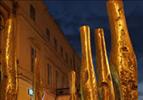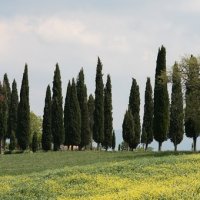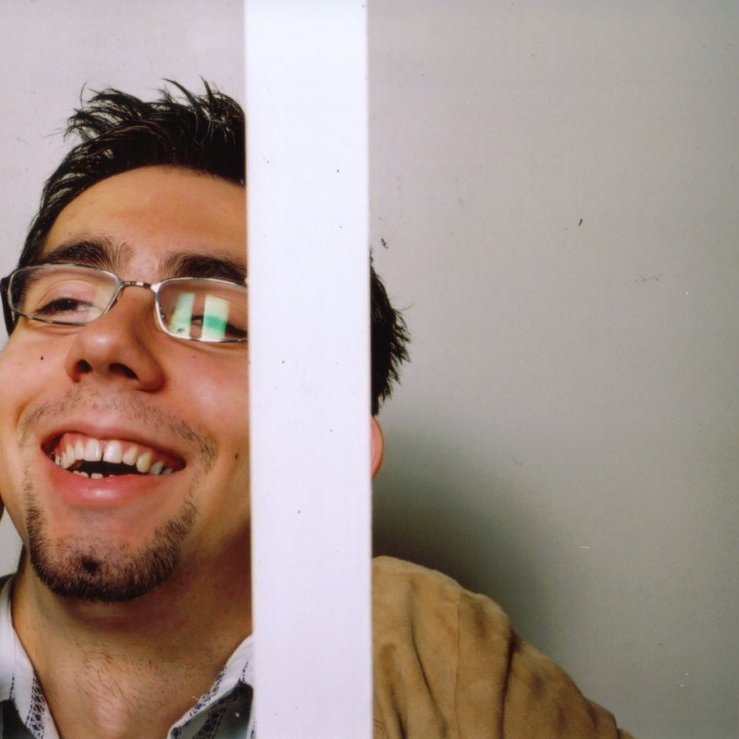Shot Pillars
( 1 user review )General
Visually, it imprints an unforgettable mark on the viewer’s retina, its beautiful organic shapes coming together to tell a story about freedom. What sort of story? The beautiful part is that once the theme of sacrifice is set, the mind, the conscious and unconscious are left to wonder and explore their own interpretations.
Located in Cluj Napoca, in the city’s “Unirii Square”, the sculpture could easily go unnoticed. One could even walk through it, walk amongst the heroes, without realising its significance, because the sculpture has become part of the city, part of the people. It is only when you raise your view a little higher up, above the living, moving, that you notice the imposing structure - the pillars who stand taller than us, a representation of individuals who have become greater through courage and ultimate love and offering.
A splendour of symbols hides beneath the first piece of modern art in Cluj: the bronze itself is a material which has gone through fire and keeps the fire deep within, a tragedy frozen in time; The pillars stand up, no matter how much battering they receive from bullets or the elements; their presence, profound and immortal keeps eternal spirit is alive whilst their tragedy was washed away in December Rain of ‘89.
This piece of art has created mixed reactions for “being in people’s way”: some people walk between the pillars, some stop and look through the bullet holes, some go around the sculpture. The new generation embraces this new, more accessible art form in the street, and that’s not to be said as a figure of speech: Hugging the pillars is a form of self-expression and self-identity.
In order for the artwork to be well understood, it is important to consider the two visual directions:
Horizontality – On the pavement, in the place where people lost their lives, lie two memorial plaques with all their names. This location, of the metal plaques has often triggered controversy from the families of the perished, who have demanded the plaques to be raised, in order to avoid people stepping on them. But, in the artist’s view, the tragedy of their (soulless) bodies rests on the pavement whilst the pillars stand up, a symbol of immortalisation of their souls and their ever-living spirit between us.
Verticality – the pillars support the sky. Their ending form an architectural structure upon which the home and spirit of a new society is built. Each column has its own identity, some are more feminine, some are more masculine, but no two are alike.
Crafting the sculpture in real size turned out to be tedious and hard, because no company in Romania could commit to casting such a large bronze structure (3.5m high) in one single piece. The artist called in favours from a friend and together they experimented, and experimented, and continuously failed, at a cost of about $20,000. However, after this endless chain of failures, their determination paid off and they managed to create 4 pillars out of 7 until they ran out of finances again. In the end, the rescue came from Petrisor Tarlea, the boss of a company called Metalul, who offered to help by lending the resources needed to complete the work.
Contact & location
Cluj Napoca, Romania
1 Review
Add your review
The photos displayed on this page are the property of one of the following authors:
name_1
This travel guide also includes text from Wikitravel articles, all available at  View full credits
View full credits
This travel guide also includes text from Wikipedia articles, all available at  View full credits
View full credits


















I liked
Cluj will be the European cultural capital in 2021. Transylvania-Lands Cluster promote Cluj as a major tourist destination in 2016 !I disliked